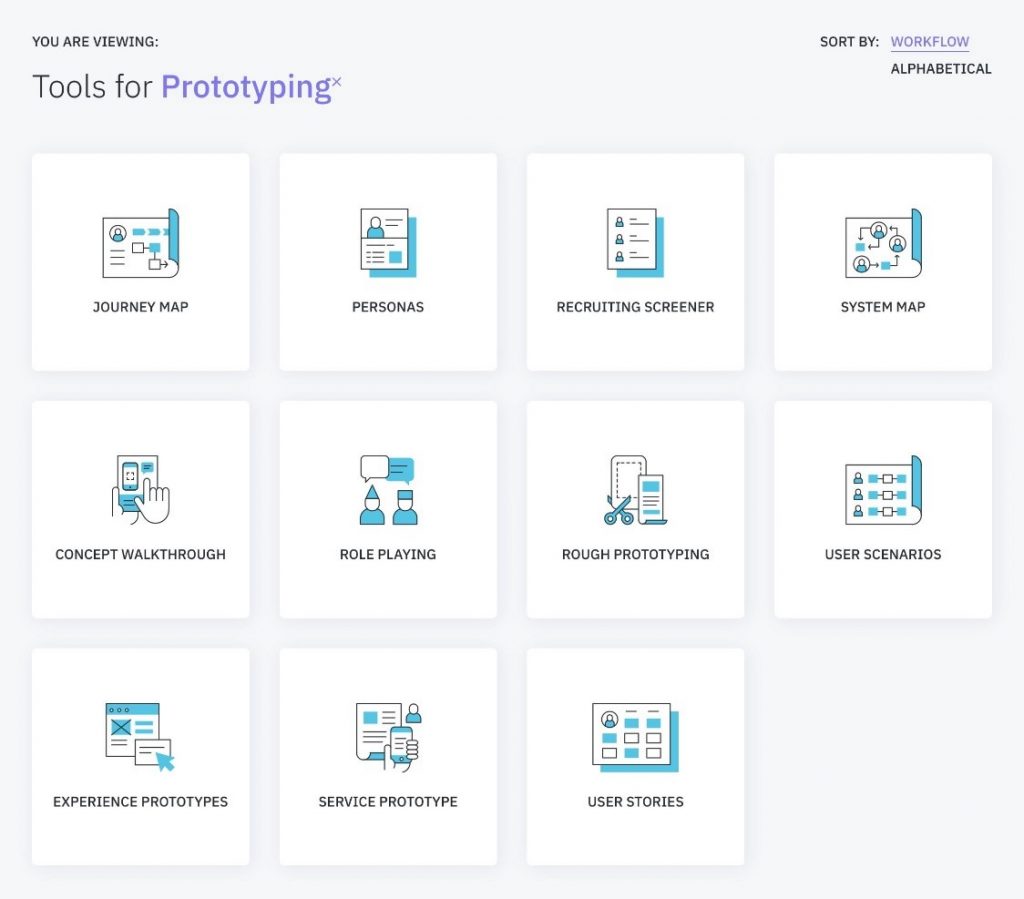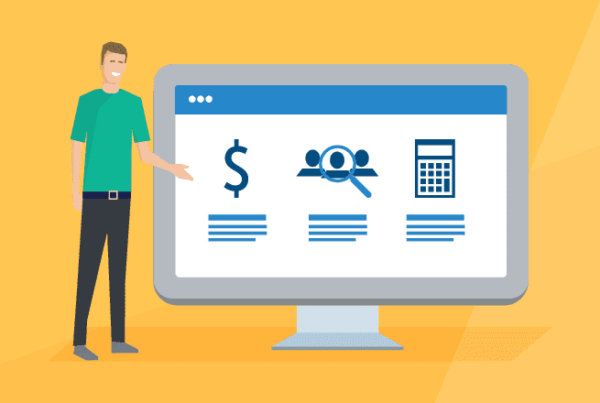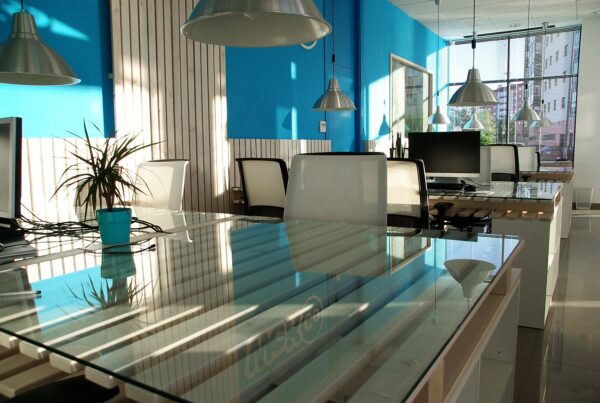Vacationing in a stranger’s apartment, jumping into a random car or uploading disappearing videos (Airbnb, Uber and, Snapchat) all sounded like stupid ideas at the time and yet, they’re billion-dollar ideas today.
Predicting the success of an idea is harder than ever.
We live in a time where “Will this work?” is trivial in the face of “Will people want this?”
Both startups and large corporations should care about this. More than 40% of the startups die because no one wanted what they built and large corporates invest millions in innovation initiatives that end up forgotten the next quarter.

d.school’s Design Thinking proposes a disruptive solution to this problem:
A phase in the design process to prototype and test your idea.
Prototyping as a Phase
Right before building the thing, prototype it, test it and learn.
Everyone loved it! ❤
And then started coming up with clever ways to test ideas — methods to play with them before building the actual thing. Some popular ones are:
- Sketches
- Canvases
- Paper interfaces
- LEGO scenes
- Role-Playing
- inVision interactive prototypes
- And more…



SO MANY DIFFERENT METHODS! From top left to right: Service Design Tools, This is Service Design Methods, Google search results, IDEO Design Kit.
The Problem
The fact that all methods are used in the prototyping phase almost communicates the idea that all of them are interchangeable (you can use any as long as you use one).
This is a big mistake.
Some methods are useful in the journey of understanding the users’ goals, pains and gains, and ideating solutions and others are useful in figuring out the best way to design the solution.
Prototyping to figure out what to build is different to prototyping to figure out how to build it.
The problem is fitting every method in one phase.
This confusion affects entrepreneurs, innovators and designers alike. It’s common to meet teams who believe they have the answer just because they put an inVision prototype in front of some friends.

Rethinking prototyping
Prototyping as a tool, not a stage.
Prototyping then, is not an activity at a phase of the process, it’s something you do continuously to discover, learn, test and even pilot ideas – especially from the ones that are so new, they’re hard to be certain about.
When looking for innovative solutions, there are three goals where prototyping can be useful: Visualizing concepts, testing hypotheses and testing execution, each one has a set of useful methods.

- Prototyping to visualize concepts
Prototyping to have a shared image (or visualization) of what we’re imagining and/or trying to design. They’re fast and dirty or more polished depending on the detail that’s needed to visualize.
- Sketches for mobile apps
- Business Model Canvas for Businesses
- 3D renders for physical objects
These types of (passive) prototypes help us share conversations and find gaps in the design in collaboration with our teams, but are not very useful when shown to potential customers since they trigger opinions and critique rather than experiences.
Visualizations and models are great for collaboration, but less so for testing.
_
Other tools to visualize: Storyboards, Moodboards, LEGOs, Scenarios, User Stories, Future press release, rehearsing services, role-playing.

- Prototyping to test hypotheses
Prototyping to present potential users with a close-to-real experience to the solution and observe their behavior.
These prototypes need a clear hypothesis of the assumed behavior.
If we ______(assumption or idea)______,
Then users will _____(expected new behaviors)_______,
Because _____(current behaviors)_______.
With a clear hypothesis, we can start imagining ways to recreate the behavior into a “bootleg” experience*.
Here’s an example
Let’s imagine we came up with the idea of a paid exercise program for the elder to solve the problem of their inactivity after 60.
How might we learn if this will work before building an entire suite of tech services to support the digital experience?
What about Whatsapp?
Interesting! Could deliver videos every day, charge actual money and see whether people pay for it?
We could also learn if the content’s any good or if its engaging through real feedback.
Another example from a 23 project launched a while ago.
We wanted to create a wine subscription service with the hypothesis that if we sent 2 bottles of wine with contrasting characteristics, users would. learn about their likes and dislikes.
To test this idea, we bought 10 or 12 bottles and invited people over for a tasting. Glasses were served in pairs and after the tasting, people were asked if they had a favorite and why.
Everyone learned about what they liked, took home a favorite and validated our hypothesis.
After that, we gained the confidence to build the actual platform. You can subscribe and get 2 different bottles of wine every month, learning in the process (btw, it’s still out and growing).
After recreating “the experience”, we can learn about behavior, motivations, and aspirations. This feedback is great for innovation since it opens our minds to unknown unknowns and divergent ideas.
As we know,
There are known knowns.
There are things we know we know.
We also know
There are known unknowns.
That is to say
We know there are some things
We do not know.
But there are also unknown unknowns,
The ones we don’t know
We do not know.
Finally, there are unknown knowns
The knowns
We do not want to know.
Source: Pieces of Intelligence, by Hart Seely
_
Other tools to test hypotheses: Role Playing, Facade ads or Wizard of Oz approaches.
*IDEO calls it Live Prototyping and Alberto Savoia’s in his book “The Right It”, calls it Pretotype.

- Prototyping to test execution
The idea is to create a “mocked” or simulated version of our solution that potential users can interact with.
Designing screens of user flows (either sketches, low fidelity or hi-fidelity) and showing it to users to test if they were able to complete the desired action succesfully.
- Paper prototypes
- InVision or Marvel prototypes
These are useful usability tests but they won’t give us information around the desirability of the idea, and won’t bring much insight into people’s needs or motivations.
With this types of prototypes, we can learn if people can go to point A to B — but not if they want to.
_
Other tools: Physical spaces and models,

Prototypes drive innovation
Crazy ideas like Airbn, Uber or Snapchat require more than great engineering skills, prototyping can push them forward in a world full of uncertainty.
Use them throughout your design process, not only at the “prototyping phase” and build excitement around your ideas in every step of the way.
As crazy as they sound, make reality their ultimate judge.
Prototype often. Enjoy being wrong and you’ll be innovating without even noticing.
You may also like,
Why You Must Store Value in Bitcoin? An Explanation from Buyer’s Perspective
What You Must and Must Not Outsource? 6 Considerations to Always Account




